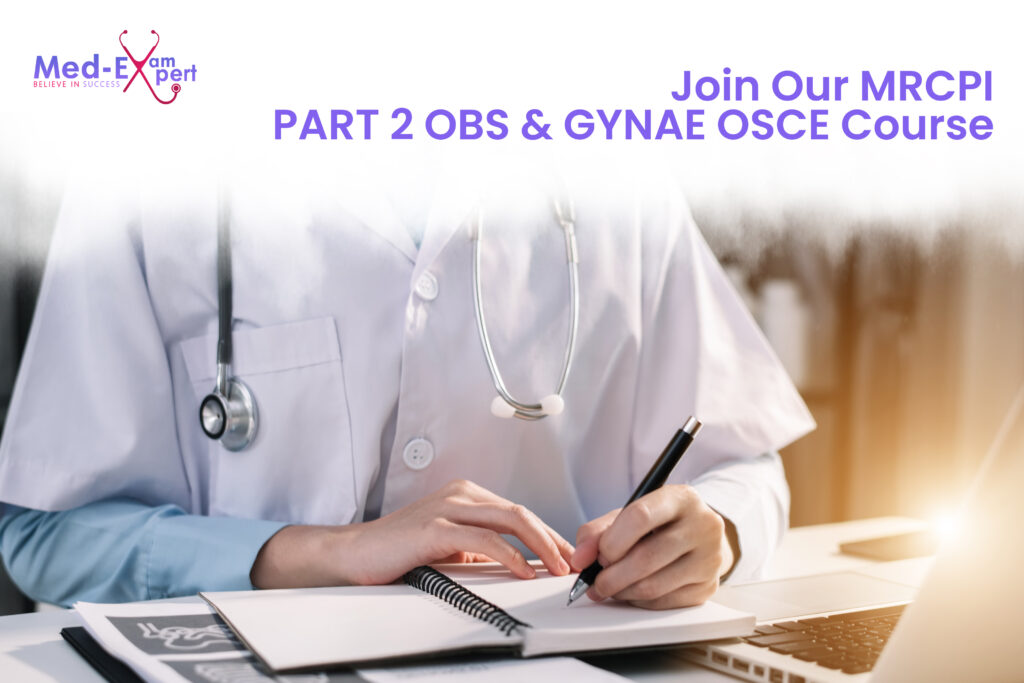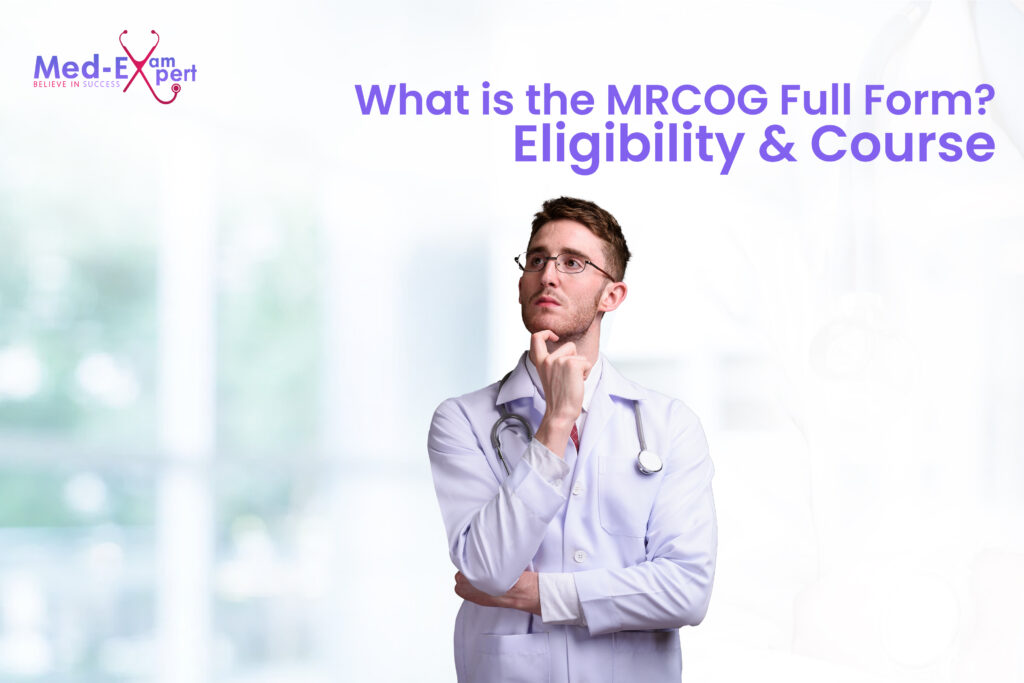For every aspiring physician aiming to practice in the United States, the United States Medical Licensing Examination (USMLE) Step 1 is a defining milestone. This rigorous, computer-based exam assesses your ability to apply foundational medical science concepts to real-world clinical scenarios.
While the test is challenging, the greatest tool is the official USMLE Step 1 Syllabus Outline. Yes, it is a blueprint that clearly outlines what will be tested according to the US standards. Understanding this syllabus is not just important, it’s the key to targeted, high-yield preparation that saves time and maximises your score.

USMLE Exam Format Overview
Before diving into the syllabus, it’s crucial to know how Step 1 is structured:
- Number of Questions: Up to 280 multiple-choice questions
- Test Blocks & its Duration: Seven 60-minute blocks in a single 8-hour day
- Does it Have Any Breaks? Yes, USMLE has a 45-minute total break time, with optional tutorial time
- Delivery: Computer-based, administered at Prometric testing centres
Pro Tip: Utilise the USMLE Interactive Testing Experience to become familiar with question formats, navigation, and digital tools before test day. For this reason, learning the USMLE Step 1 syllabus and a well-rounded online course can help a lot.
USMLE Step 1 Syllabus Outline | Systems & Weightings
The Step 1 exam is organised primarily by organ systems, with each system contributing a percentage of total exam content.
System | Approx. Content Range |
Human Development | 1–3% |
Blood & Lymphoreticular/Immune | 9–13% |
Behavioural Health & Nervous Systems/Special Senses | 10–14% |
Musculoskeletal, Skin & Subcutaneous Tissue | 8–12% |
Cardiovascular System | 7–11% |
Respiratory & Renal/Urinary Systems | 11–15% |
Gastrointestinal System | 6–10% |
Reproductive & Endocrine Systems | 12–16% |
Multisystem Processes & Disorders | 8–12% |
Biostatistics & Epidemiology/Population Health | 4–6% |
Social Sciences: Communication & Interpersonal Skills | 6–9% |
USMLE Step 1 Syllabus Key Insight: High-weight systems like reproductive & endocrine or respiratory & renal deserve proportionally more study time.
What is the Step 1 USMLE Syllabus Sub-division Across Systems?
Generally, this international examination integrates foundational science disciplines into each organ system. So, mastery of the following topics is non-negotiable:
Discipline | Approx. Weight |
Pathology | 45–55% |
Physiology | 30–40% |
Pharmacology | 10–20% |
Biochemistry & Nutrition | 5–15% |
Microbiology | 10–20% |
Immunology | 5–15% |
Gross Anatomy & Embryology | 10–20% |
Histology & Cell Biology | 5–15% |
Behavioural Sciences | 10–15% |
Genetics | 5–10% |
Another Tip: Just like your educational years, Pathology is king, with the most weightage and importance. Nearly half of this step 1 exam involves understanding disease mechanisms and applying them to clinical scenarios. For this reason, every doctor must seek an expert’s help to accelerate their USMLE prep.
How Does USMLE Assess Physician Tasks and Competencies?
Simply, Step 1 doesn’t just test what you know, but it also measures how you apply knowledge in different physician tasks:
- Medical Knowledge/Foundational Science Application: 60–70%
- Patient Care & Diagnosis: 20–25%
- Communication & Interpersonal Skills: 6–9%
- Practice-Based Learning & Improvement: 4–6%
What Are the Recent USMLE Step 1 Syllabus Updates?
The General Principles of Foundational Science category was redistributed into specific organ system categories. Well, it helps to introduce a new Human Development section. Thus, this structural update ensures content integration without reducing foundational knowledge assessment.

Study the USMLE Step 1 Syllabus with the Med Exam Expert
After learning about the syllabus in-depth, the next step is to follow a winning study plan:
- Use the Content Outline as a Checklist: Track your mastery of each system and discipline, one by one.
- Target High-Yield Areas: Secondly, allocate more study time to high-weight systems and pathology-heavy content.
- Mix Systems and Disciplines: It is advised to avoid studying organ systems in isolation. Integrate pharmacology, pathology, and physiology for each system.
- Use Question Banks Strategically: Med Exam Expert Q-bank allow you to filter questions by system/discipline, which aligns perfectly with the USMLE Step 1 syllabus.
- Simulate Exam Conditions: Take at least two full-length practice tests or our online mocks under timed conditions.
The Step 1 USMLE syllabus isn’t just an administrative document; it’s the map to your success. Want to maximise efficiency, reduce wasted effort, and walk into test day with confidence? So, what are you waiting for? Explore all the course options and USMLE study materials to ace the test on your first attempt.
FAQs
What is the cost of the Step 1 USMLE exam?
- As of 2025, the standard fee for IMGs is approximately USD 1,000.
- Additional fees apply for international test centres.
Where can I take the USMLE Step 1 exam?
At Prometric test centres worldwide. Select your country during registration to check availability.
How long is the Step 1 exam?
- The Step 1 is a one-day exam, divided into 7 blocks, each lasting 60 minutes.
- Total testing time: approximately 8 hours.
What is the USMLE number of questions?
Approximately 280 multiple-choice questions (MCQs) total.
How long should I study the USMLE Step 1 Syllabus?
- Generally, an average study duration is 6–9 months for IMGs.
- On the other hand, the U.S students typically prepare for over 12–18 months, integrated into med school.













